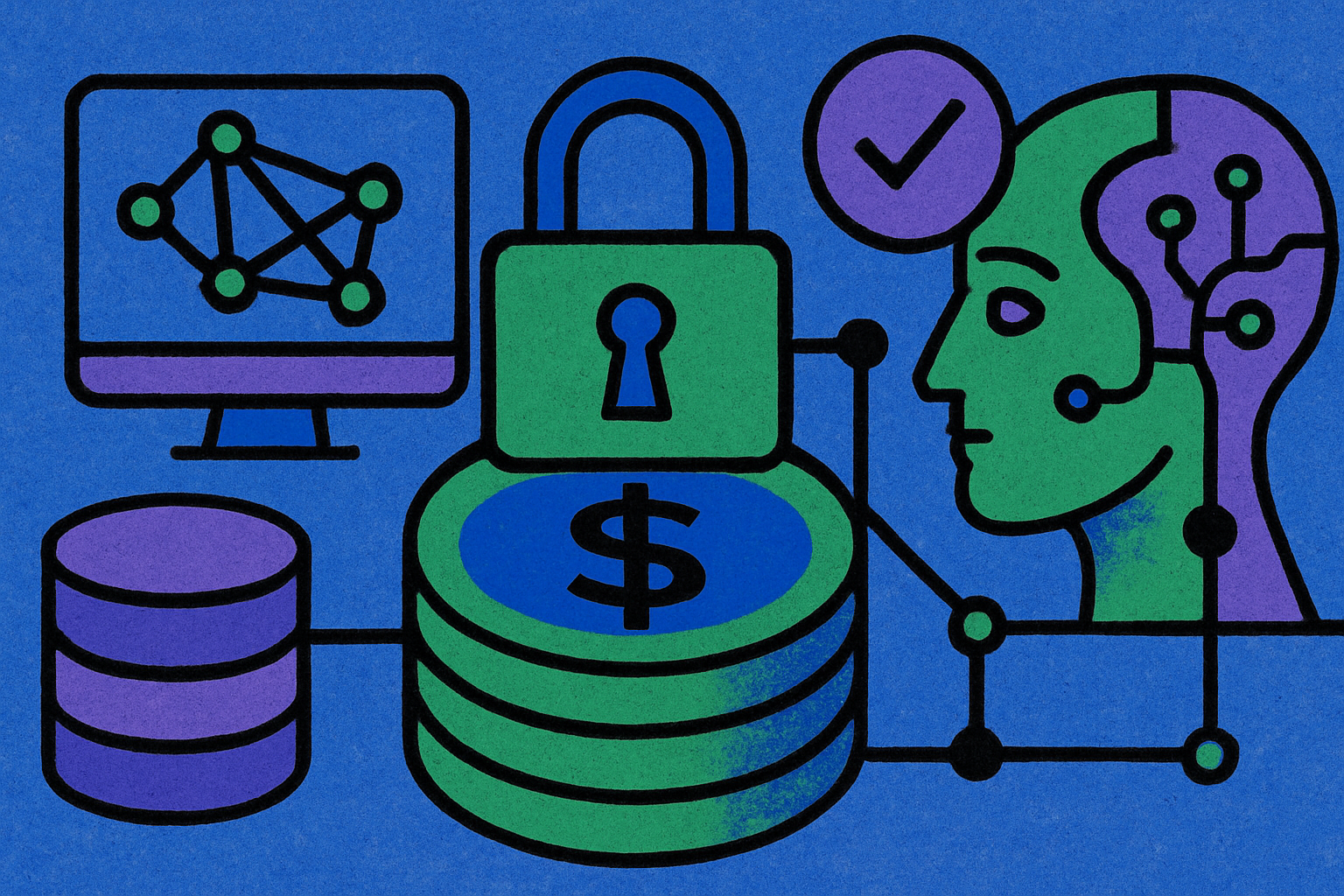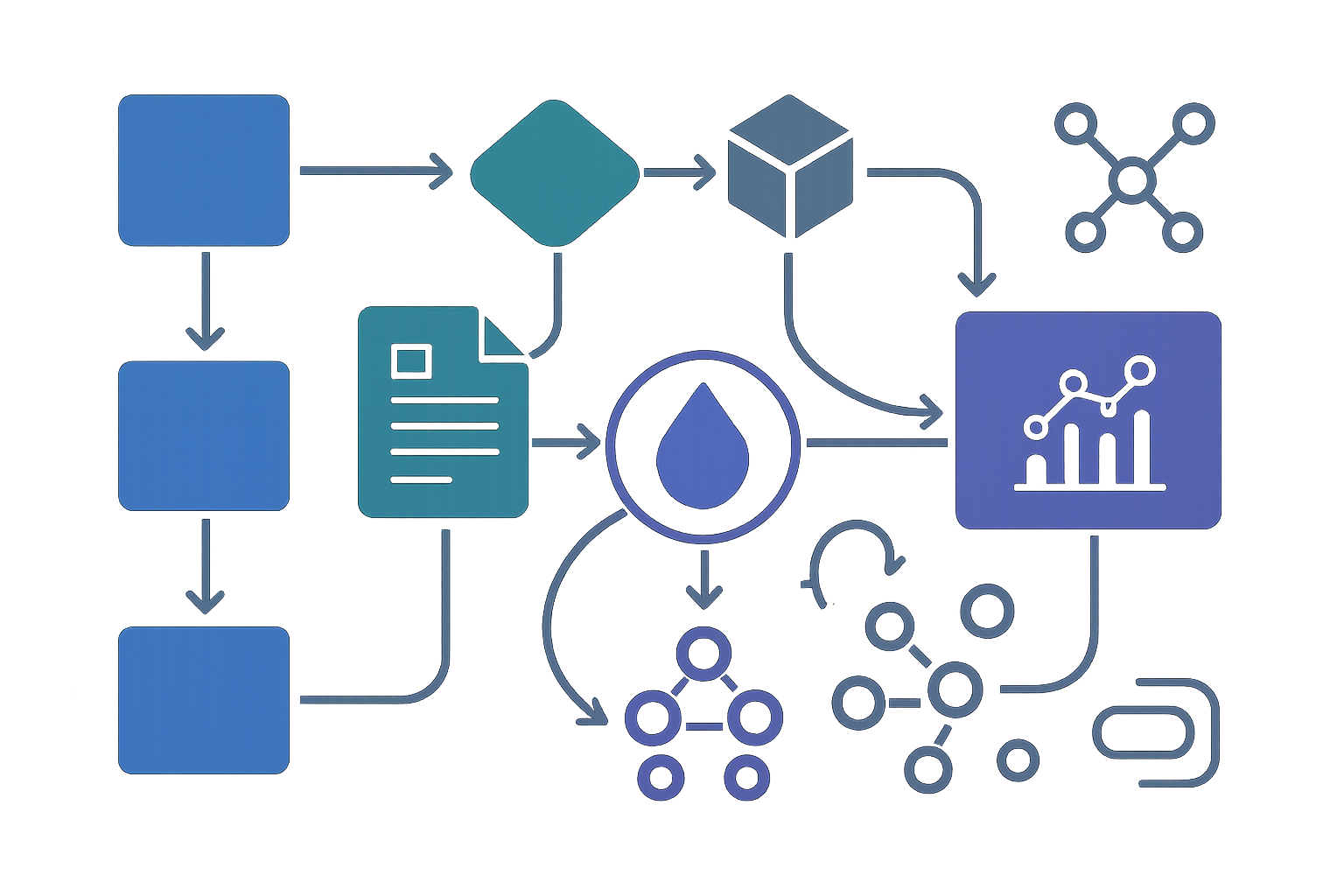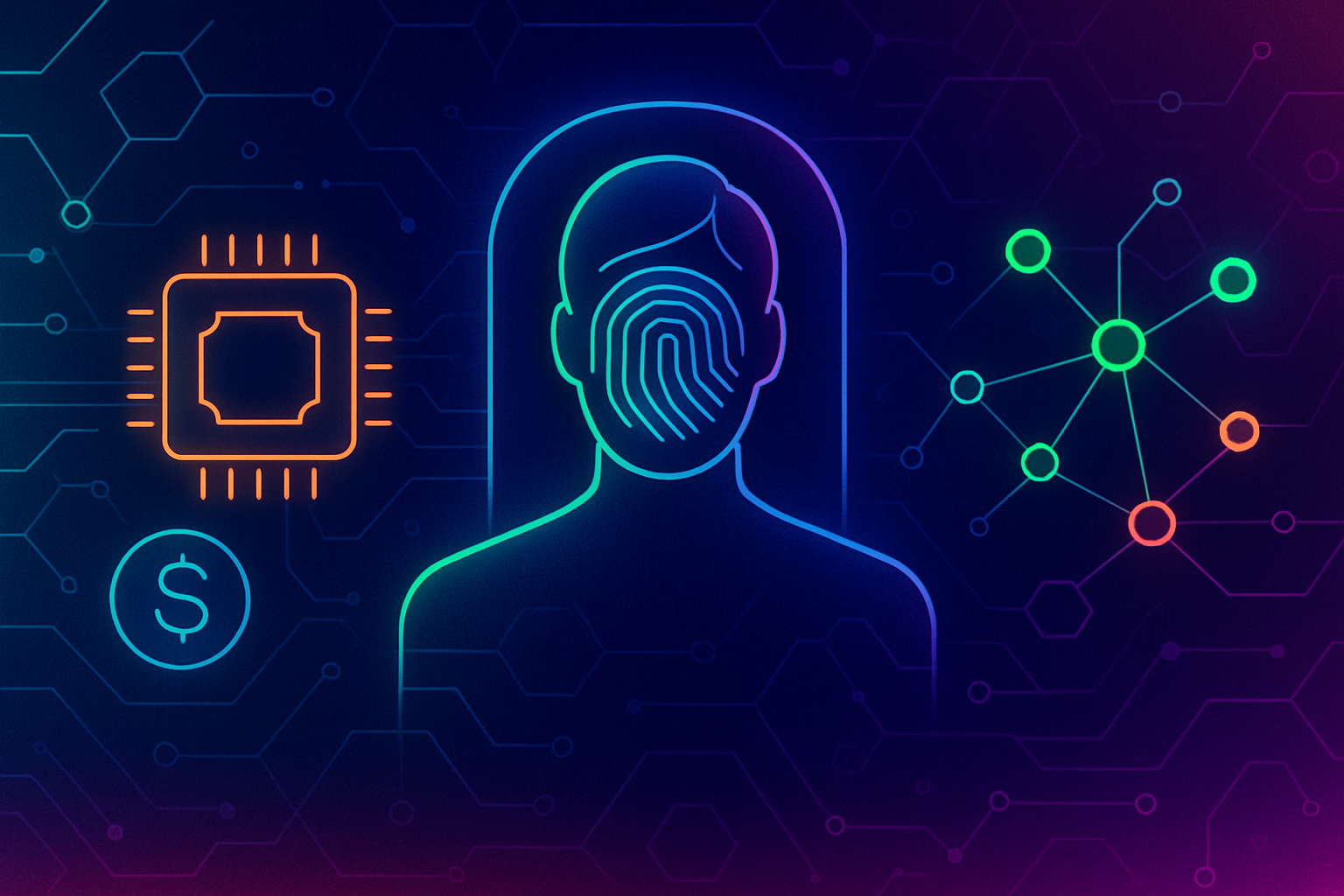
Decentralized AI compute networks are no longer a theoretical promise – they are actively powering the next generation of crypto-based machine learning applications. As the demand for scalable, cost-effective, and censorship-resistant AI infrastructure accelerates, innovators are turning to blockchain-powered compute protocols to unlock new efficiencies and business models.

What’s driving this shift? Centralized cloud providers have long dominated the AI training landscape, but their high costs, opaque policies, and single points of failure have become bottlenecks for builders in web3. Decentralized compute networks flip this paradigm on its head by pooling idle hardware from around the globe and rewarding contributors with crypto tokens. The result: an open marketplace for AI compute where anyone can participate, scale up rapidly, and retain sovereignty over their data and models.
The Core Players: Leading Decentralized AI Compute Networks
The decentralized AI compute ecosystem is evolving at breakneck speed. Here’s a snapshot of the most influential networks shaping the market in 2025:
- NodeGoAI: Since 2021, NodeGoAI has enabled users to monetize idle computing resources through a proprietary protocol that supports distributed AI workloads. Its peer-to-peer architecture lowers entry barriers for both hardware providers and AI developers.
- Gensyn: Gensyn distributes machine learning jobs across a global network of nodes, using blockchain for security and cryptographic proofs for result verification. This makes high-performance model training accessible even to smaller teams.
- Akash Network: Akash offers a decentralized marketplace for GPU and compute resources. By allowing users to lease enterprise-grade GPUs at competitive rates, Akash democratizes access to advanced ML infrastructure.
- Bittensor: With its Proof-of-Intelligence consensus mechanism, Bittensor transforms valuable machine learning outputs into tradable commodities. Contributors earn TAO tokens by providing useful ML services within an open market framework.
- Render Network: Render connects thousands of GPU providers with developers via a pay-as-you-go model powered by RENDER tokens. The network is rapidly expanding support for both inference and training workloads in autonomous AI use cases.
How Decentralized Compute Is Fueling Crypto Machine Learning Applications
The impact of these networks extends far beyond cheaper compute cycles. Decentralized AI infrastructure is enabling entirely new classes of crypto-native applications that were previously out of reach due to cost or privacy constraints:
- Autonomous Trading Agents: Trading bots can tap into global intelligence from decentralized compute pools, adapting strategies in real time as market conditions shift. This dynamic edge is especially potent in volatile crypto markets.
- NFT Platforms: By embedding generative art models or content moderation directly within smart contracts – powered by decentralized inference – NFT platforms can offer richer user experiences without relying on external APIs or centralized moderation tools.
- Privacy-Preserving Analytics: Sensitive financial or user data can be processed across distributed networks without exposing raw information, thanks to privacy-preserving computation protocols native to DePIN machine learning platforms.
This convergence of blockchain and machine learning is not just about efficiency – it’s about unlocking trustless collaboration at scale. For more technical deep dives on how these systems function under the hood, see our coverage on how decentralized AI compute networks are powering next-gen crypto applications.
The Architecture Behind Decentralized Crypto AI Infrastructure
Diving deeper into the architecture reveals why these platforms are so disruptive. Each network employs its own incentive mechanisms – from token rewards to on-chain verification – but all share key design principles: transparency, permissionless access, and robust security guarantees. For example, Gensyn uses cryptographic proofs to validate that distributed nodes performed legitimate training work before issuing payment. Akash leverages smart contracts to enforce fair pricing and resource allocation in its GPU marketplace.
This architectural innovation is not just technical minutiae; it directly impacts developer agility and user trust. In traditional cloud environments, access can be revoked or throttled without notice. In contrast, decentralized networks guarantee service continuity as long as there’s sufficient global participation – creating a resilient backbone for mission-critical ML tasks across DePIN machine learning sectors.
Security and privacy are further enhanced by decentralization. Sensitive data remains fragmented across the network, mitigating the risks of large-scale breaches or censorship. This is particularly relevant for financial analytics and on-chain trading, where proprietary signals and user data must be protected from both external and internal threats. The result is a new paradigm for crypto AI infrastructure that is both more resilient and more adaptable than legacy cloud solutions.
Top Decentralized AI Compute Networks & Their Features
-
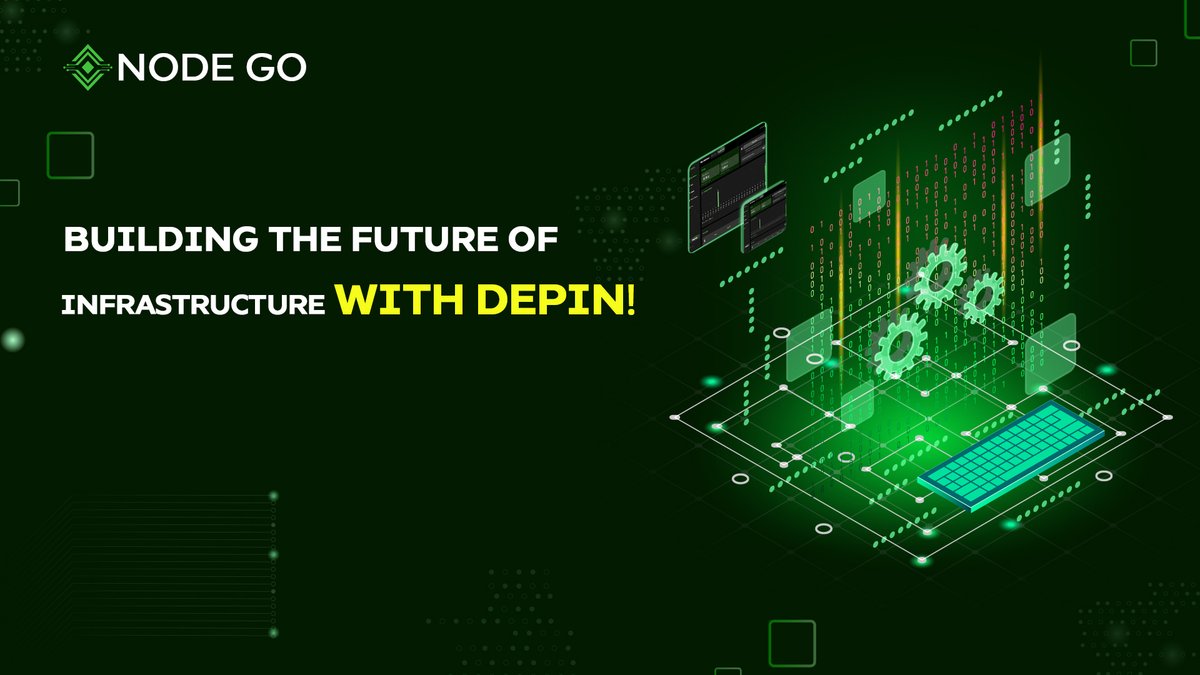
NodeGoAI: Converts idle computing power into a decentralized resource pool for AI and high-performance tasks. Its proprietary protocol and hardware enable users to monetize unused compute, fostering a peer-to-peer ecosystem for distributed AI workloads.
-

Gensyn: Distributes machine learning training jobs globally, leveraging blockchain for security and cryptographic proofs for verification. Gensyn enables accessible, transparent, and high-performance AI model training.
-

Akash Network: Offers a decentralized marketplace for compute and GPU resources, letting users lease enterprise-grade GPUs for AI and ML at competitive rates. The blockchain-based platform ensures efficiency and transparency for AI workloads.
-

Bittensor: Introduces a Proof-of-Intelligence consensus protocol, creating an open market for AI services. Contributors are rewarded in TAO tokens for providing valuable machine learning outputs, making AI work a tradable commodity.
-
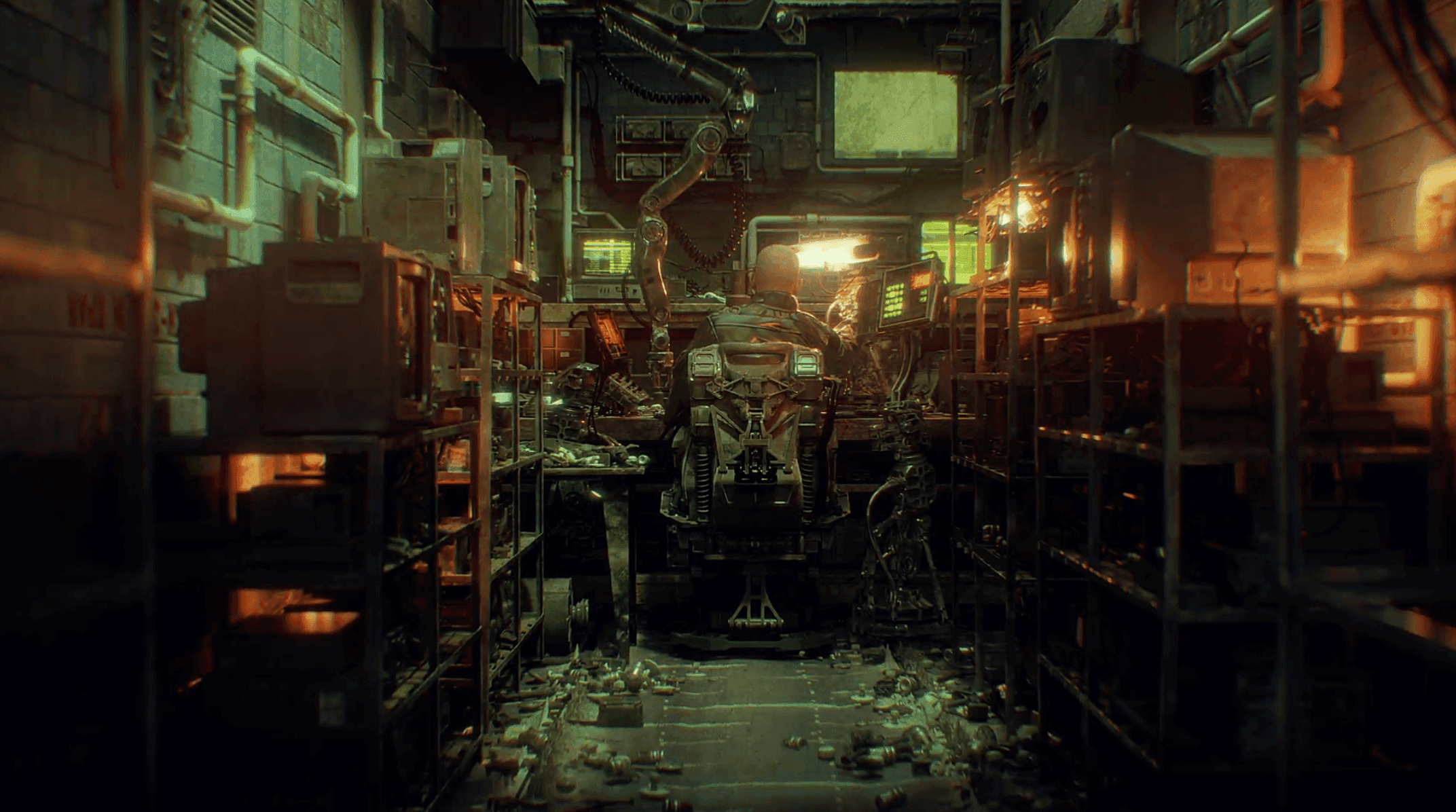
Render Network: Connects thousands of GPU providers with developers and data scientists through a pay-as-you-go model powered by the RENDER token. The platform supports AI inference and training, enabling scalable GPU access for autonomous AI agents.
Another game-changer is how these networks are democratizing access to advanced machine learning capabilities. No longer do only well-funded enterprises have the means to train large models or deploy cutting-edge inference pipelines. Instead, independent developers and small teams can tap into global pools of GPU power, paying only for what they use, and even earning tokens by contributing their own compute resources. This aligns incentives throughout the ecosystem, fueling a virtuous cycle of innovation and participation.
For those building decentralized machine learning applications, this means faster iteration, lower costs, and the ability to deploy models directly to smart contracts or dApps. Imagine NFT marketplaces with on-chain generative art, DAOs running real-time AI governance bots, or DeFi protocols dynamically adjusting risk using distributed intelligence. These are no longer distant visions, they’re actively being built and deployed in production today.
Challenges and the Road Ahead
Despite the explosive growth of decentralized AI compute networks, challenges remain. Network latency, job orchestration, and the need for standardized APIs can slow adoption for complex workloads. Moreover, ensuring the integrity of training results in a permissionless environment requires ongoing advancements in cryptographic verification and incentive design. But as new protocols like Bittensor’s Proof-of-Intelligence and Gensyn’s cryptographic proofs mature, these hurdles are rapidly being addressed.
It’s also worth noting the regulatory landscape is evolving. As machine learning becomes more deeply embedded in blockchain protocols, questions around data provenance, model accountability, and tokenized AI services will take center stage. Networks that prioritize transparency and compliance will be best positioned for mainstream adoption.
For those seeking to dive deeper into the technical mechanics and market implications of this space, our analysis on how decentralized GPU networks power scalable AI compute in the DePIN era offers a comprehensive overview.
Why This Matters for Builders and Investors
The convergence of blockchain and AI is far from a passing trend. It’s setting the stage for a new generation of trustless, scalable, and open machine learning ecosystems. For builders, this means access to a global, censorship-resistant compute layer that can support ambitious, data-driven applications without the overhead of centralized gatekeepers. For investors, the tokenization of AI work and compute resources represents a new frontier in digital asset markets – one where value is tied directly to utility and collaboration.
As decentralized AI compute networks continue to mature, expect to see even more sophisticated applications emerge – from privacy-preserving analytics in DeFi to fully autonomous on-chain agents. The edge is in the details: those who understand the underlying architectures and incentive models will be best equipped to capitalize on this rapidly evolving landscape.


